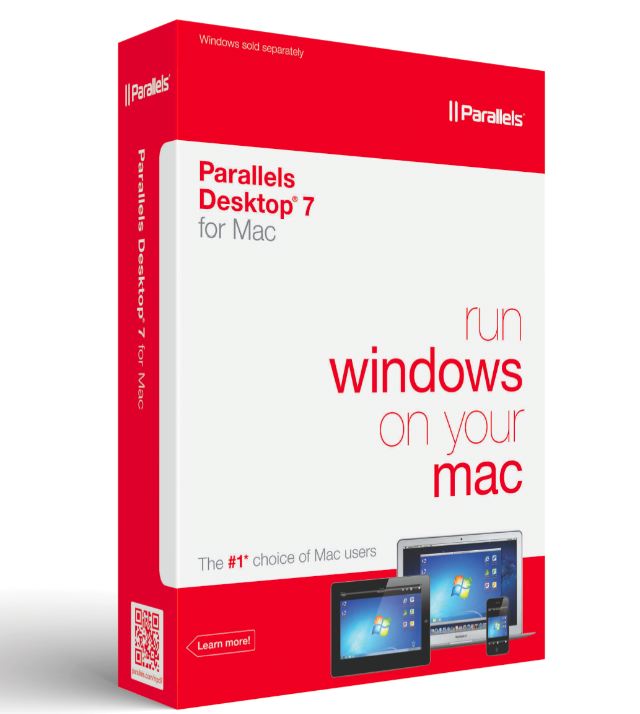

Virtualization is generally faster and more efficient, while emulation is slower but more versatile. Virtualization runs multiple operating systems natively on the host machine, whereas emulation simulates the hardware and software of the target system on the host machine. The primary difference between virtualization and emulation is the level of abstraction. Differences between Virtualization and Emulation

In other words, it simulates the hardware and software of the target system. Emulation, on the other hand, is a technique that enables one computer to imitate the functions of another computer. Virtualization is a technology that allows multiple operating systems to run on one physical machine.Įach operating system runs in a virtual machine, isolated from the host operating system. Understanding Virtualization and Emulationīefore we dive into the alternatives, let’s first understand the concepts of virtualization and emulation.
#Alternatives to parallels desktop for mac for mac#
In this article, we’ll explore the top alternatives to Parallels for Mac M1. Parallels for Mac M1 has been a popular solution, but it’s not the only one. However, Mac M1’s compatibility with other operating systems is limited, which can be a concern for those who need to run software that only works on Windows or other operating systems. Alternatives to Parallels for Mac M1 – With the release of Mac M1, Apple’s latest chipset, users can now enjoy a faster and more efficient computing experience.


 0 kommentar(er)
0 kommentar(er)
